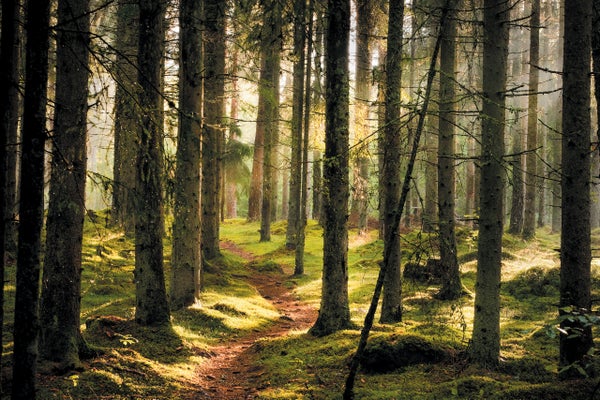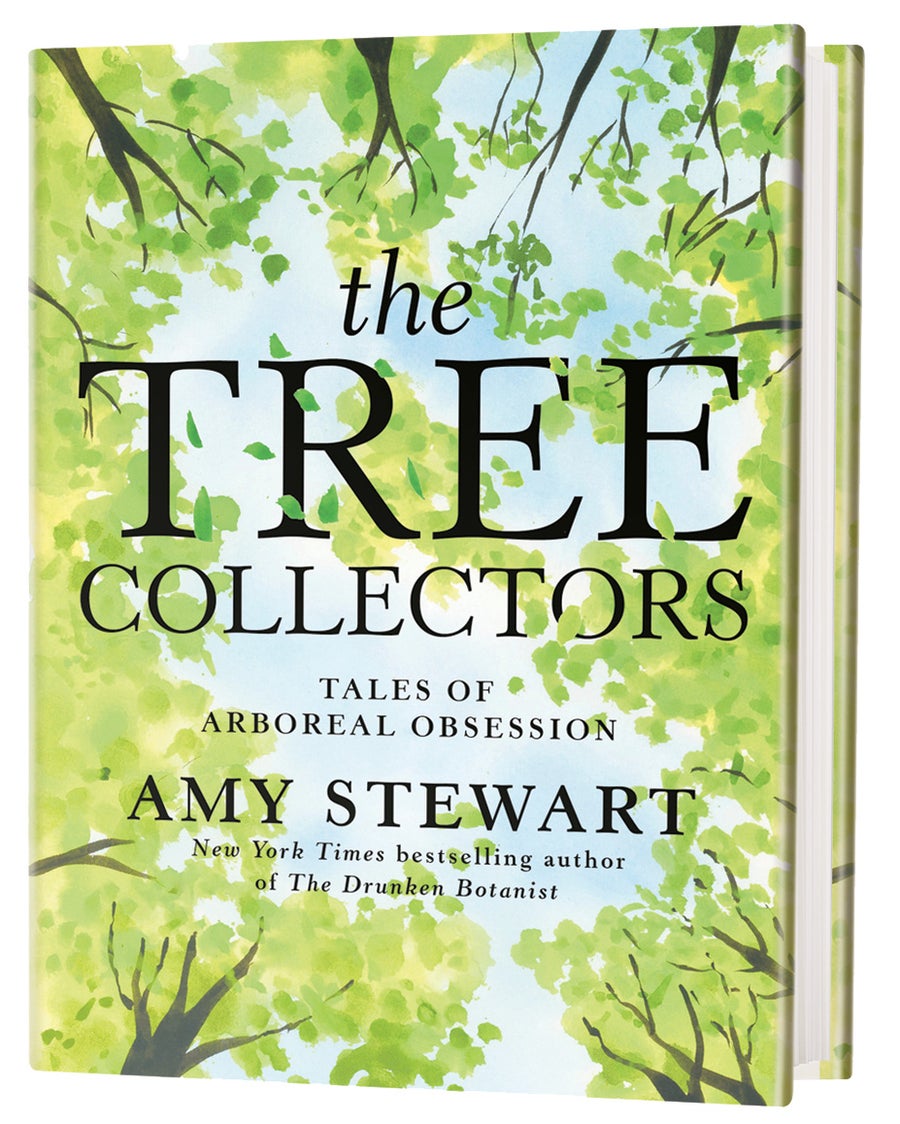Book Review: Why People Collect Trees and You Should, Too
A new book about tree collectors shows how arboreal curation is an outlet for art and activism

NONFICTION
The Tree Collectors: Tales of Arboreal Obsession
by Amy Stewart.
Random House, 2024 ($32)
“Growing fruit trees is a very simple way to stay in love with our world,” says Vivian Keh, playwright and daughter of immigrants, holding a basket of persimmons she’s cultivated to feel connected to her Korean ancestors. Keh is just one of 50 remarkable subjects in naturalist writer Amy Stewart’s The Tree Collectors: Tales of Arboreal Obsession, a compilation of portraits of people transformed by their love of trees.
On supporting science journalism
If you’re enjoying this article, consider supporting our award-winning journalism by subscribing. By purchasing a subscription you are helping to ensure the future of impactful stories about the discoveries and ideas shaping our world today.
Initially, trees struck Stewart as an odd thing to collect—trees being, for the most part, large and difficult to sell or tuck into a suitcase the way philatelists might their beloved stamps and brandophilestheir cigar bands. Intrigued by this community of enthusiasts, she discovered educators, preservationists and visionaries, all hooked on a kind of curation, motivated by reasons as diverse as their projects. They plant trees in public and private spaces both modest and expansive, nurturing their collections to honor beloved dead, attract wildlife, preserve rare species, connect to history, invest in the future, grow food and create beauty. “When you ask people to tell you about the one activity they do not for money, not out of necessity, but to indulge their deepest passions and their wildest curiosities,” Stewart writes, “well, you’re in for an intimate conversation.”
Like all collectors, her subjects express a zeal for aesthetics, preservation, curiosity and delight. But it seems they know something else, too, something echoed by the recent rise in popularity of shinrin-yoku, or forest bathing, the Japanese practice of spending time in the woods: being around trees simply feels good.
Stewart captures this sensation by categorizing people according to their sense of purpose. Kenneth Høegh, one of the book’s “ecologists,” tests which cold-loving species might grow in a warming and historically treeless Greenland. “Healer” Joe Hamilton plants loblolly pines on a parcel of land he inherited from his enslaved ancestors, with an eye toward long-term sustainable forestry he hopes will establish a source of generational wealth for his family. Reagan Wytsalucy has a plan to restore traditional peach orchards on Navajo land as one of the “community builders” who seek to bring people together. The “artists” forge a creative practice through tree work. “I feel like our lives are all so piecemeal and hybridized and patched together,” says Sam Van Aken, who grafted 40 different stone fruits onto a single, dazzling cornucopia tree.
Not everyone curates actual trees. Some amass leaves or seeds or even images, such as Jianming Shen, who photographs ancient ginkgoes of particular significance in eastern China. When Dennis Wilson, a hobbyist woodworker, realized he couldn’t tell the difference between types of wood, he started a collection of small reference samples that is now nearly 7,000 samples deep. Forest ecologist Renee Galeano-Popp thought a road trip to look for diverse wild pine cones sounded like a fun way to spend her early retirement.
Adding to the book’s charm are Stewart’s watercolor illustrations—she gives us a look at each of her human subjects while also cataloging the most wondrous qualities of featured trees, such as Seussian eucalyptus seed pods and delicate camellia blossoms.
Some of the same stylistic elements that made Stewart’s best-selling previous books—Wicked Plants and The Drunken Botanist—such delightful compendiums are present here, too. There are glossaries of botanical terms and collective nouns for trees (the next time you’re in a birch grove, drop “betuletum” and impress your friends!). There are directories on where to visit moon trees (look for the Douglas fir in Olympia, Wash.). If you thrilled at Stewart’s gentle yet comprehensive guidance on making vermouths with foraged herbs, you’ll appreciate her practical tips on how to press leaves, graft branches, and plant tiny unauthorized forests on highway-median strips.
As a rule, Stewart’s books emphasize that you need not own land, reside in the deep woods or trek to remote wilderness locations to deepen your relationship with nature; indeed, many of the most compelling stories in The Tree Collectors are based in urban spaces, backyards, and other surprising places.
After spending time in this varied commonwealth, you’ll undoubtedly experience an intense desire to recline under the shade of a leafy canopy. But something even more profound is happening here: by creating a space for people to talk about something they love, Stewart made me feel more tender-hearted toward my fellow humans. “How often do any of us get a chance to pour our hearts out to a stranger?” she writes. “Somehow, talking about trees made it possible.”

